Important Note Click to maximise
RISK FACTORS
- The value of investments and any income from them may go down as well as up and are not guaranteed. Investors may get back significantly less than the original amount invested.
- If you are in any doubt as to the suitability of our funds for your investment needs, please seek investment advice.
Get the right experience for you
Your location :  Norway
Norway
Australia & NZ
-
 Australia
Australia -
 New Zealand
New Zealand
Asia
-
 Hong Kong (English)
Hong Kong (English) -
 Hong Kong (Chinese)
Hong Kong (Chinese) -
 Singapore
Singapore -
 Japan
Japan
















 United Kingdom
United Kingdom 